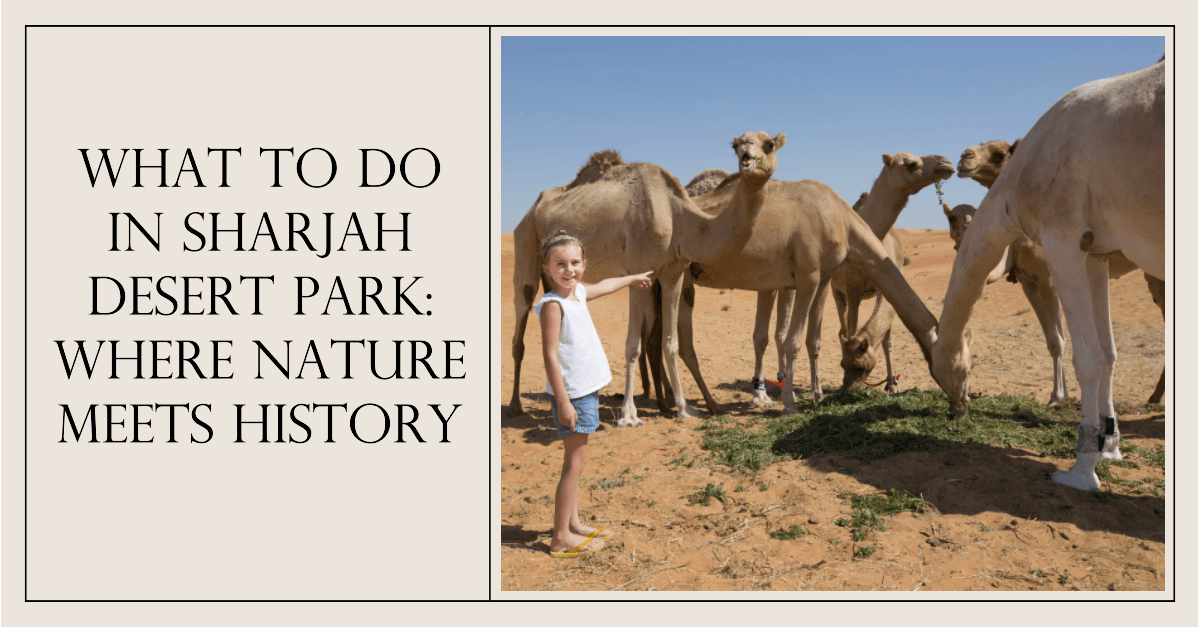Looking for a perfect blend of nature, history, and entertainment for your next weekend outing? Sharjah Desert Park is your ideal escape from the bustling city life to a tranquil haven.
Just 28 km away from central Sharjah and easily accessible from both Sharjah and Dubai airports, this park is not just an amusement venue but an enriching experience that satisfies the cravings of nature enthusiasts, history buffs, and young explorers alike. Read on to learn the top activities you can try with your family and friends.
The Origins of Sharjah Desert Park
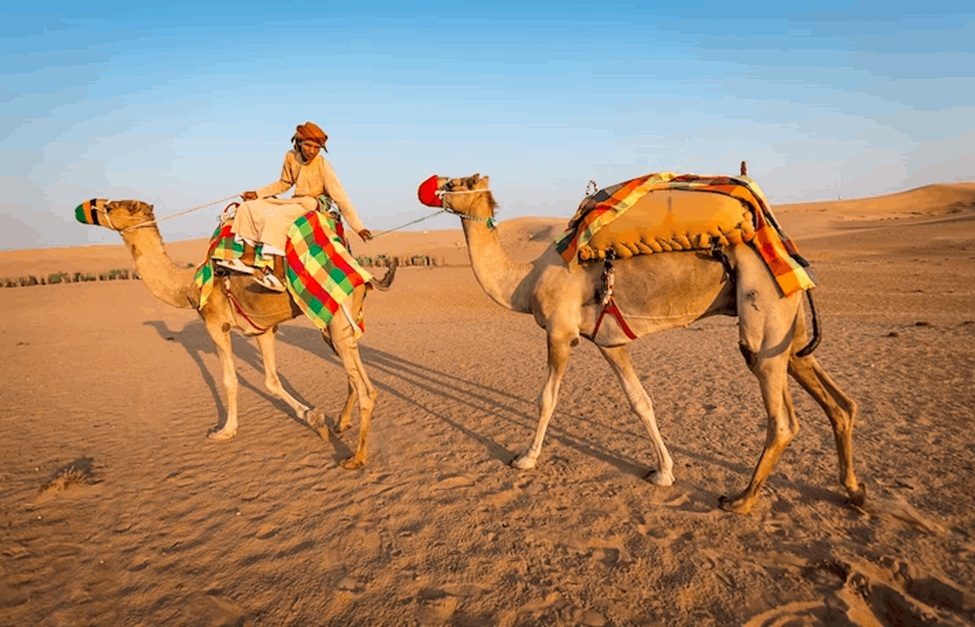
Founded in 1995 within the Seih Al-Masmout Reserve, Sharjah Desert Park began its journey as a conservation centre to protect the region’s endangered flora and fauna. Today, it stands as a vibrant hub combining education and leisure, featuring a gorgeous botanical garden, a petting farm, and a top-secret breeding facility for rare desert animals.
What Can You Expect?
Stretched over 1 km, Sharjah Desert Park is home to three major museums: The Museum of Natural History, the Children’s Farm, and the Arab Wildlife Center. Whether you’re 8 or 80, there’s something for everyone here.
Sharjah Natural History Museum
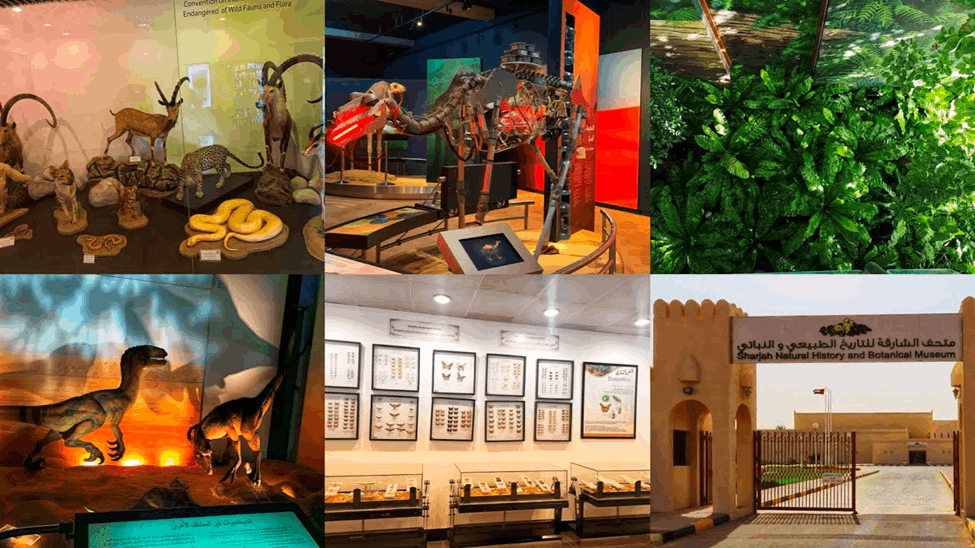
The Sharjah Natural History Museum is divided into various sections that focus on the history of Sharjah:
The initial segment, ‘Exploring Sharjah,’ showcases preserved ecosystems and illustrated diagrams of diverse climates. This demonstrates how the local plants and animals have adapted to survive.
The ‘Life in the Desert’ area presents the harsh desert surroundings and explores how various species endure such extreme conditions.
Another part of the museum, called ‘A Time-travel Experience,’ is the hub for geological displays. It outlines the Earth’s historical timeline and features a dinosaur’s fossilised leg bone, a large chunk of petrified copper ore, and the first genuine meteorite from space. It even exhibits fossilised raindrops and the world’s oldest stone.
The ‘Living Realm’ zone offers visual depictions of existing species and explains how these beings affect humans, ecosystems, and other natural environments. The final section, ‘Ocean Life,’ reveals sea animal models and is an excellent resource for understanding marine ecosystems.
The Children’s Farm
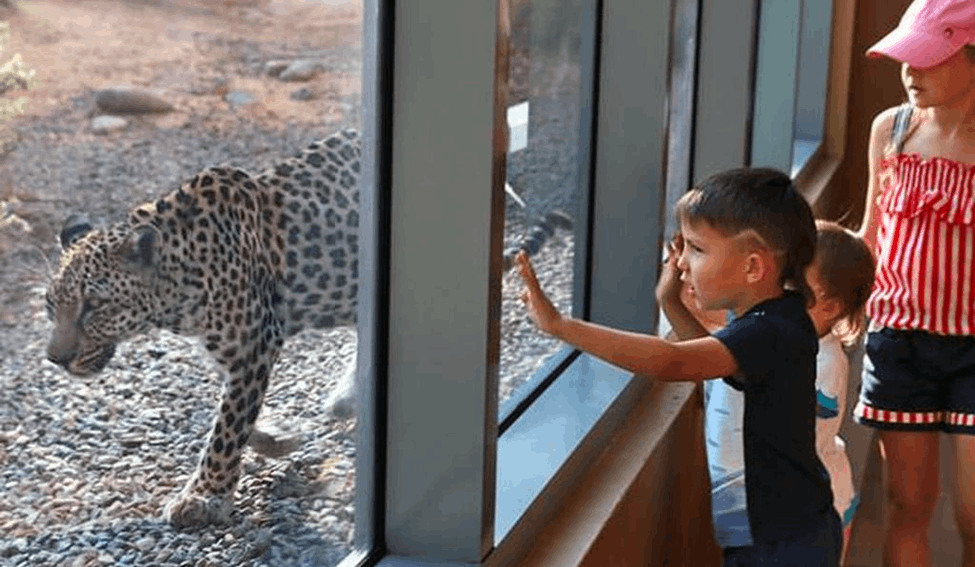
Launched in May 1997 and managed by the Environment and Protected Areas Authority, the Children’s Farm within Sharjah Desert Park allows young guests to engage with tamed birds and creatures.
In the farm’s outdoor area, children can feed and cuddle various domestic animals like cows, Arabian horses, goats, sheep, and camels.
Visitors of all ages can participate in educational events and workshops to increase awareness about local fauna. The indoor portion of the farm has a petite library stocked with reading resources for kids. This space also offers environmental movies and documentaries for children to watch.
Arabia’s Wildlife Center
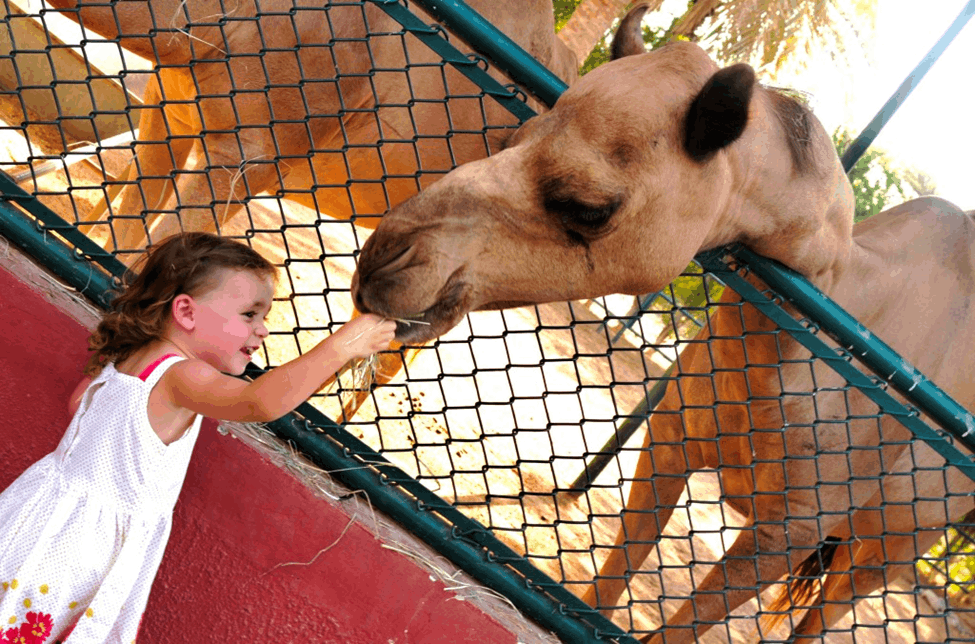
One of the standout features of Sharjah Desert Park, Arabia’s Wildlife Center, was officially opened in 1999 by Sheikh Dr. Sultan bin Mohammed Al Qasimi, the sovereign of Sharjah and a member of the UAE Supreme Council.
This facility is unique for being the first educational centre situated within a protected nature reserve in the UAE. The main focus of Arabia’s Wildlife Center is to educate the public about the wide range of species native to the Arabian Peninsula. The centre and its zoo are divided into several sections:
- Reptile and Insects Domain: This section houses creatures native to the Arabian desert, such as the Arabian Cobra, Puffer snake, and Saw-scaled Vipers.
- Bird Sanctuary: This area features birds from various Arabian terrains like valleys, deserts, and mountains. It is home to birds like weavers, partridges, and Houbara bustards. The route to this section also leads you to a bat cave where you can spot Egyptian fruit bats and Omani blind cavefish.
- Night Creatures: In this area, visitors can observe animals that are active during the night, including foxes, mongooses, wildcats, and honey badgers.
- Large Predators and Monkeys: This segment comprises five distinct enclosures that shelter Hamadryas baboons, Arabian wolves, striped hyenas, Arabian leopards, and other meat-eating animals.
- Cafeteria and Observation Deck: This dual-purpose area serves as both a cafeteria and an extensive viewing space, providing visitors with sweeping views of a large antelope exhibit. You can also observe Arabian Oryx, ostriches, and gazelles in their natural settings.
In addition to observing animals, the zoo at Sharjah Desert Park offers an enriching educational experience through audio guides and informational boards. With a climate-controlled environment, Arabia’s Wildlife Center ensures a comfortable visit for people of all ages, including kids.
Islamic Botanical Garden
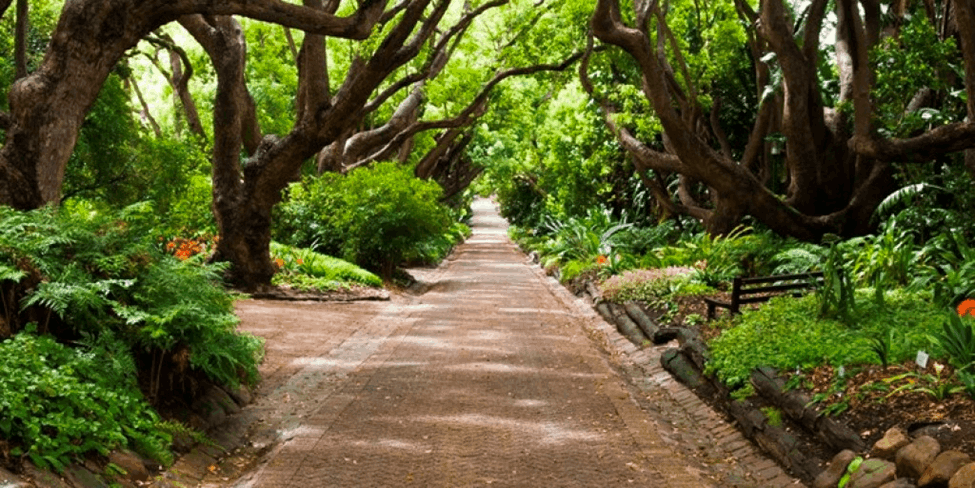
Opened in 2014, the Islamic Botanical Garden at Sharjah Desert Park is a pioneering facility in the Middle East. The garden hosts nearly 100 plants, such as figs and pomegranates, referenced in the Holy Quran and the Sunnah of Prophet Muhammad (Peace be Upon Him).
Information cards and interactive touchscreens help visitors gain insights into these plants. Additionally, the garden features a café for dining and a library stocked with books suitable for readers of all ages.
Breeding Centre for Endangered Arabian Wildlife (BCEAW)

Source
Founded in 1998, BCEAW aims to protect animals at risk of extinction. The centre serves as a research hub for studying some of the area’s most vulnerable species, such as the Arabian Cobra and Arabian Leopard. It also engages in global breeding initiatives for animals like the sand cat and cheetah.
BCEAW has built solid partnerships with both international and local experts in the field, governmental bodies, and educational and research institutions.
When is the Best Time to Visit Sharjah Desert Park?
Before you pack your bags, note that the park remains closed on Tuesdays. On weekdays from Sunday to Thursday, it opens at 9 AM and closes at 6:30 PM. On Fridays, it’s open from 2 PM to 6:30 PM and on Weekends from 11 AM to 6:30 PM.
The ideal months to visit are between December and February, when the climate is mild and conducive for outdoor exploration. Typically, the lowest temperature dips to around 17 degrees Celsius, while the highest can climb up to 46 degrees Celsius during this period. Arriving at the park early is advisable to ensure you have plenty of time to explore all it offers.
Sharjah Desert Park is located at interchange 9 along the Al Dhaid Highway (E88), 21 km from Sharjah International Airport and 44 km from Dubai International Airport.
Final Thoughts
Still pondering why to visit? Sharjah Desert Park is one of the rare spots where you can experience wild animals, traditions, and history under one roof. It also serves as an educational platform that enlightens tourists about the rich flora and fauna of the region. And let’s not forget, the entrance fee is very affordable.

